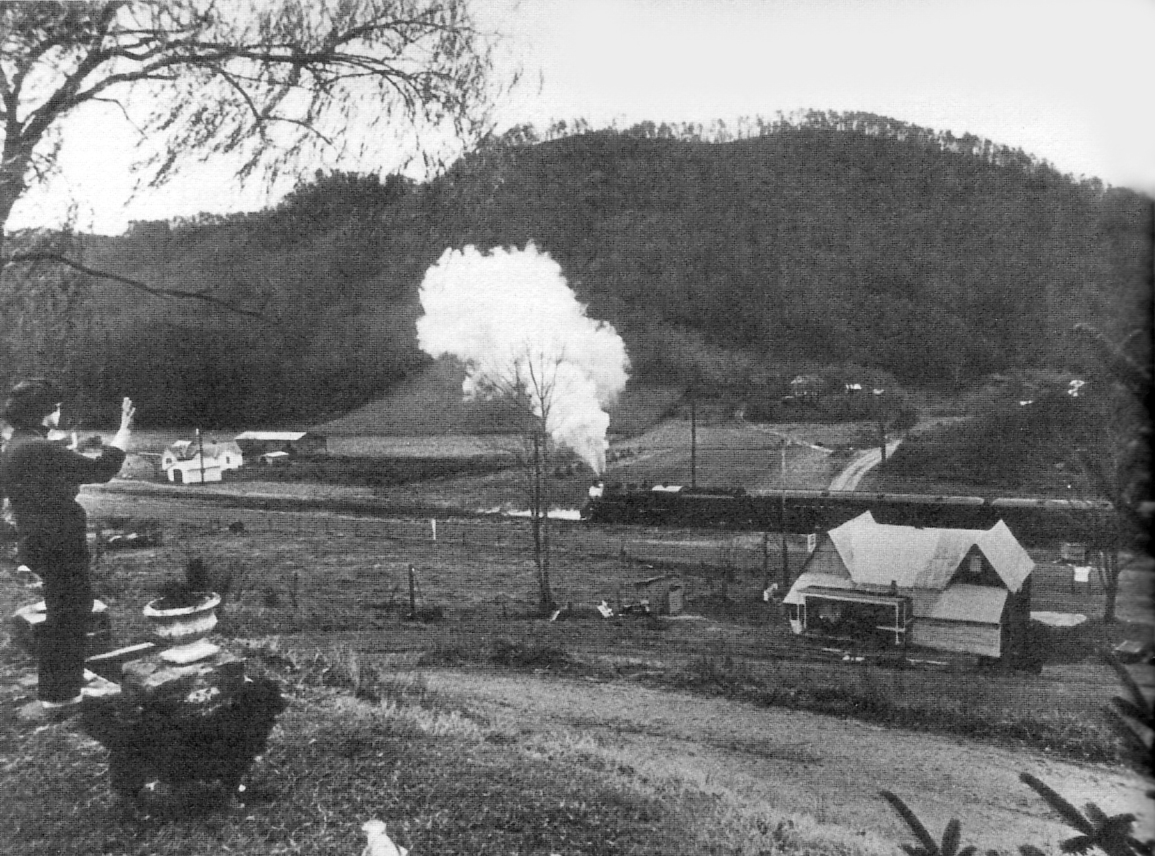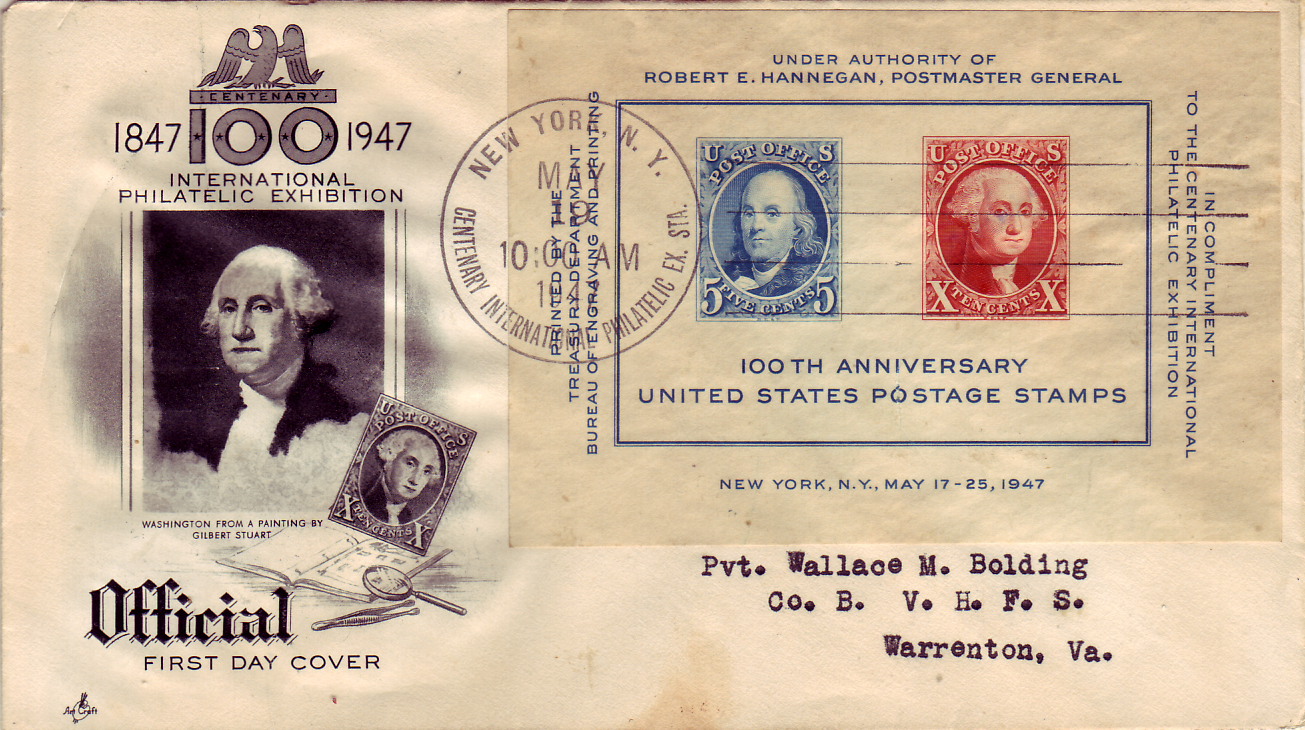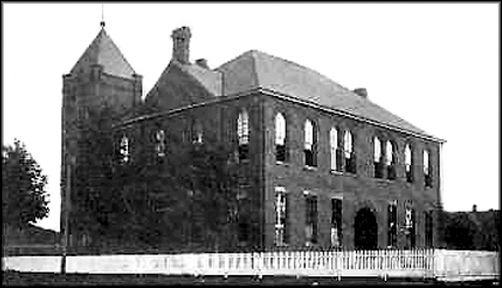Around 1911, the Clinch Valley surroundings witnessed a pronounced business awakening and subsequent development, requiring railroads to carry coal to places of consumption and to tidal ports.
The older sections adjacent to Bristol, Abingdon and Johnson City were securing a limited benefit from the lucrative sources, which it was feared would lead into a state of depression and stagnation to those areas. The solution was to build a railroad to Clinch Mountain.
This mountain ridge, which was situated in the states of Tennessee and Virginia in the ridge-and-valley section of the Appalachian Mountains, characterized by long, even ridges, with long, continuous valleys in between. They presented a veritable barrier to intercommunication. It was realized that, for a distance of 150 miles from the New River Gorge at Pearisburg to Speer's Ferry, this 4689-foot mountain fully impeded development of Southwest Virginia and East Tennessee.
One proposal suggested that a practicable route could be secured across the Clinch Mountain at Little Moccasin Gap, the point of divergence of one proposed line at Honaker, the objective point in this section being Bristol.
The distance from Bristol to Honaker by this route was estimated to be 45 miles, thus being 70 miles from Johnson City via Bristol to Honaker. The distance from Johnson City via the Carolina, Clinchfield and Ohio Railroad and the Clinch Valley Line to Honaker was 101 miles, meaning a saving of 31 miles utilizing the Little Moccasin Gap route.
The CC&O company at that time was under construction of the link from Clinch River to Elkhorn City, Ky. The distance from Johnson City via Bristol and Little Moccasin Gap to Damps Creek was about 60 miles. From Johnson City via the CC&O and N&W roads to Dumps Creek was 87 miles, being an excess of 27 miles over the Little Moccasin Gap route.
It was understood that in overcoming such an obstacle consisting of the backbone of one of the most important of the Appalachian range of mountains that serious physical features must of necessity be encountered and such exist in the crossing of the North Fork of Holston where in order to save distance and retain grade, a high railway bridge would be required, possibly exceeding 300 feet in height and of great length.
There would also be three areas of heavy grade of 116 feet per mile each, eight miles of this grade ascending from the Clinch River at the mouth of Dumps Creek towards Little Moccasin Gap, about five miles ascending from the North Holston towards Bristol. The successful operation of a like grade was illustrated in the working of the mountain division of the Baltimore & Ohio main line, west of Cumberland, Md.
Part of the route from Little Moccasin Gap to Clinch River at Dumps Creek was obtained through an instrumental survey of the portion from Little Moccasin Gap leading towards Bristol.
The cost of grading would come within the limits of usual mountain work where excellent alignment is an essential feature, which could safely be included.
This work utilized part of one of the main arteries of trade between the Ohio Valley, the Middle West and the South Atlantic Seaboard. Further, it held a commanding situation, which rivalry could not supplant. It also became a link in one of the prospective trade routes demanded through the great work of the Panama Canal.

Janette Carter Waves to Train Personnel as the Big Engine Passes through Poor Valley
The success of this venture is illustrated years later by an appropriate quote from Janette Carter Jett, daughter of A.P. and Sara Carter, two members of the celebrated Carter Family. She was born and raised in the Clinch Mountains:
“I always loved the train,” she said. “It went by twice a day and I'd wait to wave at the engineer, until it went around the curve to Neal's Store and the Maces Springs Post Office. Then I'd take an old bucket and pick up little lumps of coal that had fallen off. They made a good hot fire, much easier than dragging out wood. I walked a lot along the railroad tracks.” Living With Memories, Janette Carter, Carter Family Memorial Music Center, Inc. Hiltons, VA, 1983. (Photo courtesy of Rita Forrester, daughter of Janette).










-833x400.jpg)
.jpg)